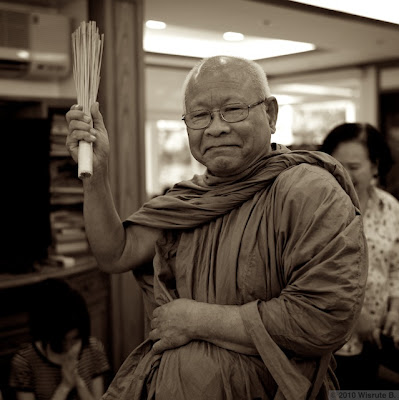I did not take long to decide that the 24mm Elmarit would be included in my lens line-up with the M9. I wanted a more versatile lens that I can comfortably carry with the M9 and must be able to shoot in low light. This would also be my 'default' lens that I will use 70%+ of the time. After a lot of research and browsing samples on the internet, the 35mm Summilux seemed like the right choice for me. The only doubt I had was the focal length itself since I have not shot at 35mm all that much.
So the 35mm Summilux became my learning lens with the M9 in the next few months. I was forced to get accustomed to it since I will be my default lens. I've read many suggestions that it is better to learn rangefinder shooting with the least variable as possible. Working with one lens meant that I could concentrate more on the focusing technique, speed, learning the M9 metering, and focused on shooting as effectively as possible. The 35mm Summilux let me do all that, in all conditions, bright or dark, be it people shoot or nature shoot.
Soon I got a hang of the lens, focusing, composing, and the old-fashioned metering of the M9. This lens, despite its focus shift reputation, is very good indeed. It's sharp wide-opened, and still delivers that three dimensional look the photos. It's smooth to operate, and is not too large to carry (although some may disagree).
So if you're new to rangefinder photography, or in fact, just photography itself, you will find that working with the least complicated gears and settings will let you concentrate more on photography itself rather than the equipment.
Composing within 35mm frame wasn't easy for me because I'd been shooting with 24-28mm focal length most of the time. Given some time and practice, the narrower 35mm perspective can produce very interesting result too. These swings at the back of my house had always been seen as cheerful & fun objects. However, composing the shot a little differently and processing it in black & white, this shot appears a little cold and rather spooky!
I wanted to see how well the subject can be separated using the maximum aperture setting. Here the red leaf is optically isolated from the green surrounding trees.
Carrying my M9 along to a local shopping complex over the new year period, I snapped this photo to see how well the background lights would be rendered at maximum aperture. I'm glad I made the right choice with the Summilux. It renders the bokeh in a true Leica style and it handles low light very well.
Manual focusing, with practice, can be just as quick as autofocus especially in low light. Below are some of my early 'people shots' taken with the 35 Summilux.
Here are some photos taken during the early days with the M9 and the 35mm Summilux.
Composing within 35mm frame wasn't easy for me because I'd been shooting with 24-28mm focal length most of the time. Given some time and practice, the narrower 35mm perspective can produce very interesting result too. These swings at the back of my house had always been seen as cheerful & fun objects. However, composing the shot a little differently and processing it in black & white, this shot appears a little cold and rather spooky!
I wanted to see how well the subject can be separated using the maximum aperture setting. Here the red leaf is optically isolated from the green surrounding trees.
Carrying my M9 along to a local shopping complex over the new year period, I snapped this photo to see how well the background lights would be rendered at maximum aperture. I'm glad I made the right choice with the Summilux. It renders the bokeh in a true Leica style and it handles low light very well.
Manual focusing, with practice, can be just as quick as autofocus especially in low light. Below are some of my early 'people shots' taken with the 35 Summilux.







Thanks for sharing. I now sold my DSLR body and using only GF1 with a pancake lens. Feel the same when shooting only 1 prime lens. Better to focus on composition and shooting technique rather than equipment. Have used manual focus from time to time and love it.
ReplyDeleteNice set up, Tarm. Have you tried the Leica D 45mm/2.8? I played with one a few weeks ago and quite liked it. The macro is nice, and the bokeh isn't bad.
ReplyDeleteBut for that money, I'd save up more for a real Leica, a used 28/2.8 can be had for just a bit more money even tho you don't get a macro function!